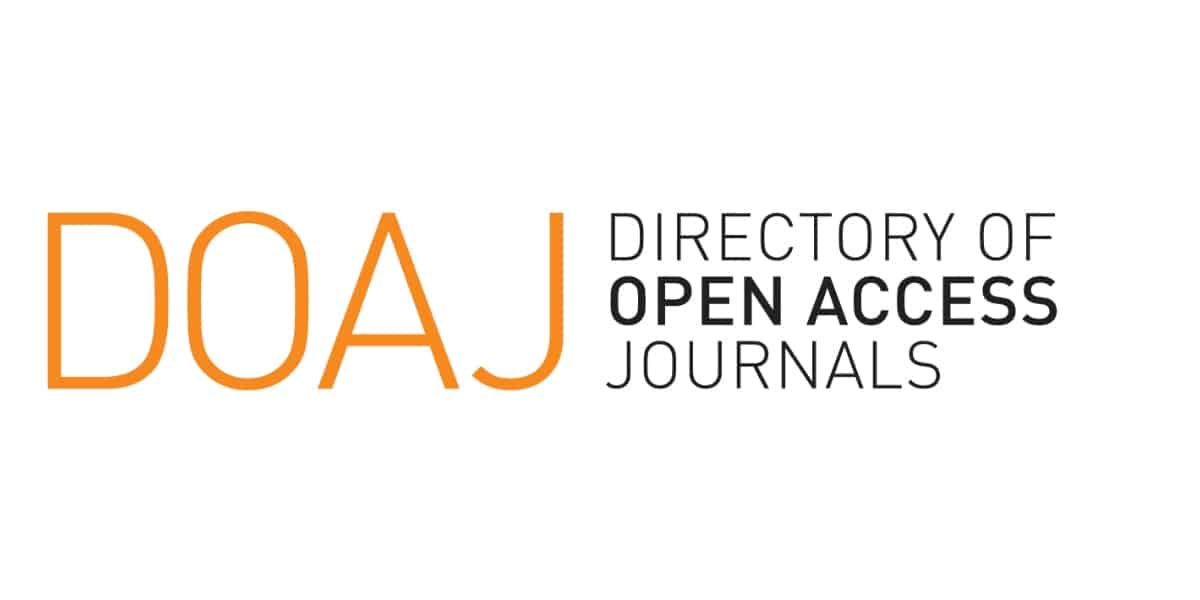Socio-economy analysis of the community in Kediri City on the implementation of restriction policy of single-use plastic usage
Keywords:
Single-use plastic, Community participation, Business actors, Regulatory policies, Waste composition, SEM-PLSAbstract
The increasing use of single-use plastics in Kediri City prompted the issuance of Kediri Mayor Regulation No. 30 of 2023 on restricting single-use plastics. This study analyzes plastic waste composition, community and business participation, and the factors influencing policy implementation. Plastic waste composition was measured using the quarter sampling method in three districts, while participation data were analyzed using Structural Equation Modelling (SEM-PLS). The results show that plastic bags dominate single-use plastic waste, contributing up to 90%, particularly in residential areas due to small business activities. Support for the policy is relatively high, with 74.46% of the community and 64.64% of businesses agreeing, but concrete implementation remains low. SEM-PLS analysis reveals that environmental awareness, knowledge, and attitudes significantly influence the reduction of single-use plastics, while economic income factors are not significant. Continuous education, the provision of eco-friendly alternatives, and collaboration among stakeholders are essential to enhancing policy effectiveness.
References
[1] Yuliyawati Y, Kamaluddin M. Persepsi Konsumen terhadap Kebijakan Kantong Plastik Berbayar. 2021;XV:48–54.
[2] Purwaningrum, P. (2016). Upaya Mengurangi Timbulan Sampah Plastik di Lingkungan. Indonesian Journal of Urban and Environmental Technology, 8(2): 141-147
[3] Jenna, R. Jambeck. 2015. Plastic waste inputs from land into the ocean. University of Georgia.
[4] Peraturan Walikota No 30 Tahun 2023 Mengenai Pembatasan Penggunaan Plastik Sekali Pakai
[5] Standar Nasional Indonesia (SNI) 19-3964-1994 tentang Metode Pengambilan dan Pengukuran Contoh Timbulan dan Komposisi Sampah Perkotaan
[6] Sugiyono. (2016). Metode Penelitian Kuantitatif, Kualitatif, dan Kombinasi (Mixed Methods). Bandung: Alfabeta.
[7] Yuliana, L., & Khusnullaili, F. (2020). Analisis Kualitas Layanan Perpustakaan Alternatif Wilayah Selatan Kota Yogyakarta dengan Model Servqual. Jurnal Kajian Ilmu dan Perpustakaan, Vol. 5, No. 2, 119-127.
[8] Badan Pusat Statistik Kota Kediri Jawa Timur. kedirikota.bps.go.id, 2023.
[9] SIPSN. (2021). Capaian Kinerja Pengelolaan Sampah. Kementerian Lingkungan Hidup dan Kehutanan.
[10] Djaali and Muljono. 2007. Likert Scale. Jakarta: Pustaka Utama.
[11] Block, B. (2013).” China Reports 66-Percent Drop in Plastic Bag Use”, WorldWatch Institute. [Online] Available: http://www.worldwatch.org/node/6167, (July 1, 2016)
[12] Dikgang, J., Leiman, A., Visser, M., 2012. Analysis of the plastic-bag levy in South Africa. Resour. Conserv. Recycl. 66, 59–65.
Downloads
Published
Issue
Section
License
Copyright (c) 2024 Ella Arlaydes Tarnada Zanuar, Arseto Yekti Bagastyo (Author)

This work is licensed under a Creative Commons Attribution 4.0 International License.
















